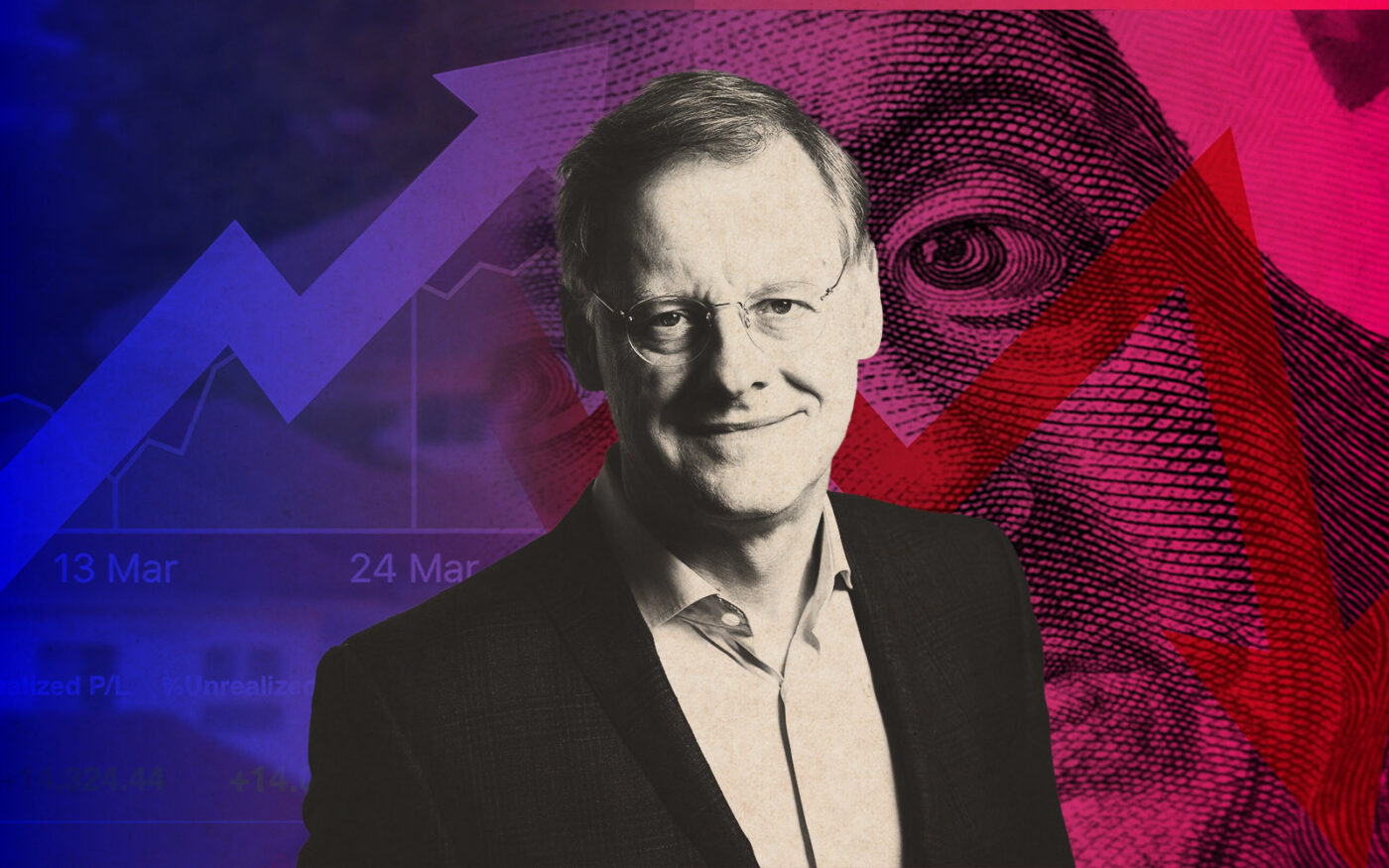 Bay Area Rents tumble 5%, led by tech layoffs
Bay Area Rents tumble 5%, led by tech layoffs
Trending
Recession coming, but real estate has reason for optimism
CBRE chief economist says values will fall before “economic revival” in 2024

“A little bit of the cyclical downturn is being over-interpreted as a structural shift.”
A mild recession lies ahead, but real estate observers and players can take heart in long-term factors like an “economic revival” in 2024.
That’s according to CBRE’s chief global economist Richard Barkham, who said the sharp rise in interest rates would take the economy into a recession, but inflation is coming under control and rates could fall at the end of this year.
“I’ve seen four of these economic cycles by now and this is by far the least serious of them,” he said on a panel at the 57th Annual Real Estate Journalism Conference of the National Association of Real Estate Editors.
An associated decrease in real estate values could cause more regional bank failures (he predicts 311 out of 4,800 will go bust), but it wouldn’t be enough to bring down the banking system, Barkham said. He painted a mostly rosy picture for commercial and residential real estate in the upcoming years.
Strong employment, population growth, supply shortages and pent-up demand spell good news for commercial and residential owners alike, he predicted.
The expected 12 percent population increase will be driven by relatively high earners immigrating to the country, which will keep demand for real estate strong at a time when supply of single-family homes and industrial and retail space is low.
There is some bad news on the way for owners: Values will fall as recession sets in and parts of the office sector remain challenged. Office values could fall by more than a third, while multifamily could see a 22 percent decline, retail properties a 17 percent decline and industrial properties a 16 percent decline during the downtown, he offered.
There’s also an oversupply of multifamily housing, particularly in the Sun Belt, that could freeze rent increases in certain markets.
But values should rebound “relatively quickly” compared to other slumps, Barkham said. Industrial could take two years, multifamily three years and retail four years.
Offices are the exception: They could take nine years to recover their values. Eighty percent of the vacancy is in 10 percent of the buildings, most of which were built from 1980 to 2009 in downtown areas and in weaker submarkets where there’s higher crime and fewer amenities.
Office vacancies were partially spurred by remote work, but cyclical factors also exacerbate the short-term picture.
“Companies are currently cutting costs and reducing their office footprints as they have done in every economic downturn for the last 40 years,” Barkham said. “A little bit of the cyclical downturn is being over-interpreted as a structural shift.”
A CBRE study found the majority of corporations around the world are committed to having their employees in the office at least half the time. There could also be latent demand for offices because of a lack of new supply.
“The last I looked there was still a surplus of capital in the global economy,” Barkham said. “There are still more savers than there are productive investment opportunities because people are aging and people are saving for their pensions.”
“[There is] a ton of capital waiting to deploy in real estate,” Barkham said.
Read more
 Bay Area Rents tumble 5%, led by tech layoffs
Bay Area Rents tumble 5%, led by tech layoffs
 Evictions spike with inflation rising and little help left for tenants
Evictions spike with inflation rising and little help left for tenants
 Cracks show in real estate employment
Cracks show in real estate employment




